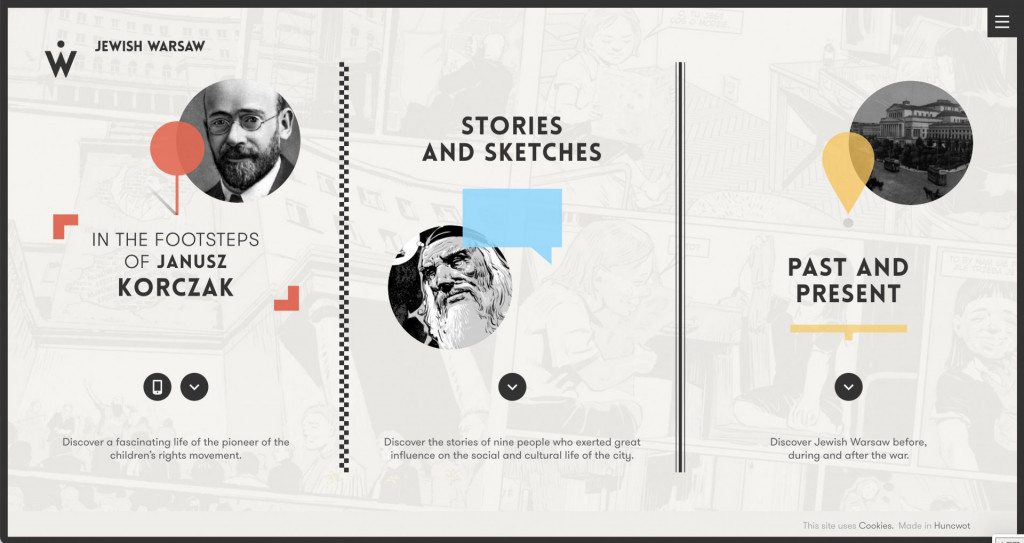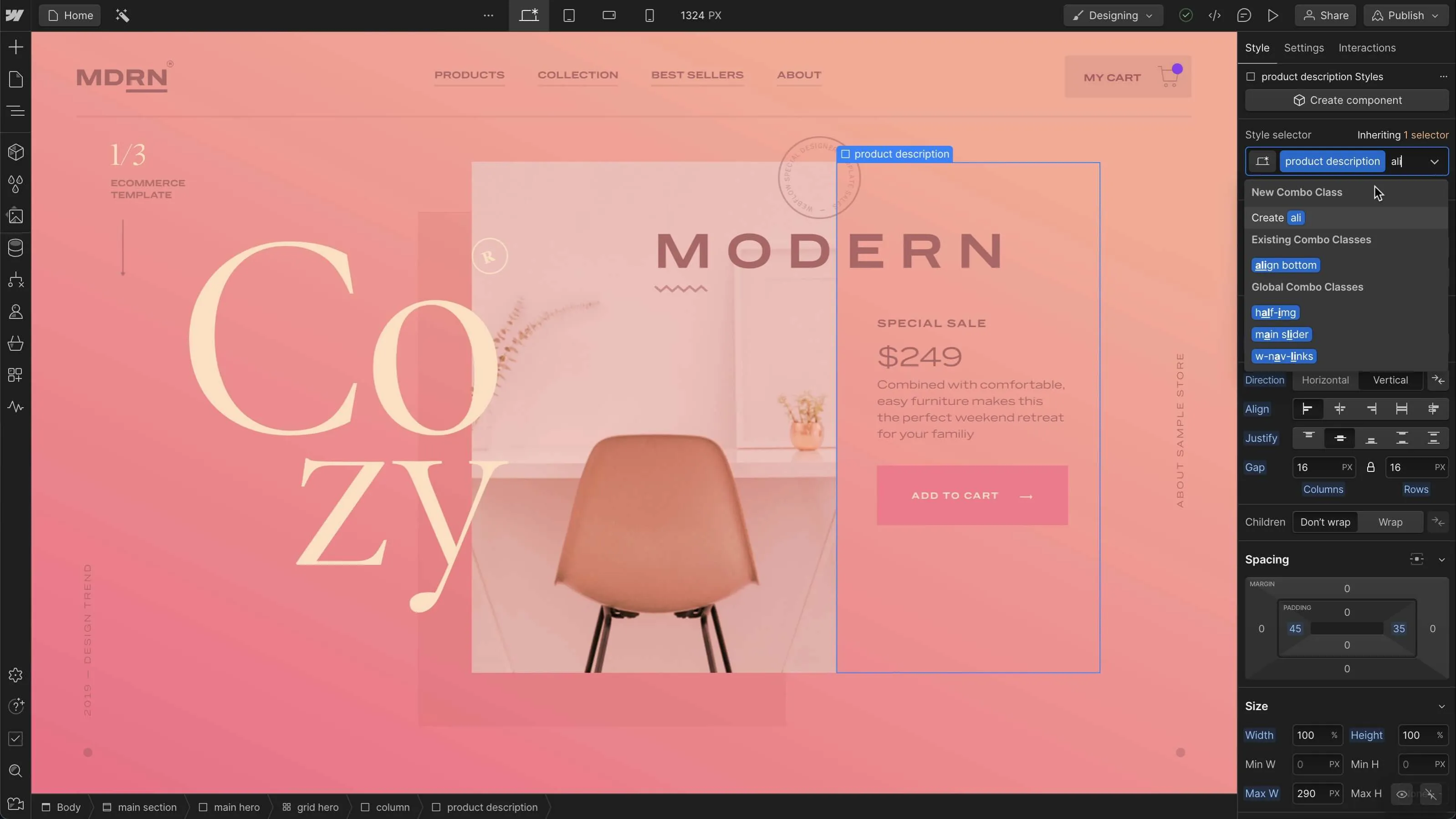Modern Website Style That Captures Focus and Converts
In a progressively digital landscape, modern web site design has actually emerged as a critical variable in capturing customer focus and driving conversions. As we check out these crucial elements, it becomes clear that recognizing their interplay can dramatically impact a site's efficiency and user complete satisfaction.
Importance of Visual Power Structure
Aesthetic hierarchy is a critical component in website layout, as it overviews individuals' attention and improves their general experience. By strategically organizing content, designers can route customers to the most essential information first, thus enhancing interaction and enhancing use. Efficient visual pecking order utilizes numerous strategies, including dimension, color, comparison, and spacing. Bigger components normally attract the eye, while contrasting colors can stress vital messages, making them attract attention among even more subdued components.
Incorporating a rational circulation in material plan is important; as an example, positioning the most essential details on top of a web page fosters instant acknowledgment. Regular use of typography, such as differing font dimensions and designs, helps establish a clear material framework. This organization not just help in navigating yet likewise develops trust fund, as individuals really feel much more comfortable when they can conveniently locate what they are seeking.
Ultimately, a well-executed visual hierarchy not just boosts visual appeal but likewise significantly impacts user habits. By focusing on necessary components and ensuring a smooth experience, developers can efficiently transform site visitors into clients, enhancing the value of this fundamental layout concept in contemporary web site development.
Responsive Layout for All Instruments
Creating a seamless experience throughout numerous gadgets is crucial in today's electronic landscape, where users access websites from desktops, mobile phones, and tablet computers alike. Responsive style is an essential approach that ensures websites adjust fluidly to various screen sizes, orientations, and resolutions. By utilizing flexible grids, photos, and CSS media questions, developers can develop layouts that keep visual honesty and performance, no matter the tool being used.
The significance of receptive style extends past appearances; it straight impacts customer engagement and conversion prices. A site that operates well on all devices motivates longer gos to and lowers bounce rates, as customers are most likely to interact with material that is easy to navigate. In addition, online search engine, especially Google, prioritize mobile-friendly websites in their rankings, making responsive layout a vital element of seo (SEO)
Integrating receptive layout not just improves individual experience yet also enhances the advancement process. By developing a solitary site that works across gadgets, services can save time and resources contrasted to creating separate mobile and desktop versions. Eventually, receptive style is a basic method for modern website layout, making certain availability and contentment for all individuals, no matter their tool.
Engaging Interactive Components
While a receptive style lays the foundation for a useful site, incorporating interesting interactive elements is vital for recording individual interest and promoting deeper connections. Website Design. Interactive elements, such as computer animations, tests, and clickable infographics, develop an extra vibrant customer experience, urging site visitors to spend even more time on the website
Integrating interactive functions can likewise direct users with complicated information, making it much easier to digest material. For instance, interactive sliders can illustrate item variations, while embedded videos can offer demonstrations or endorsements that reverberate more than fixed photos or text. Additionally, gamification methods, like rewards for engaging or finishing tasks with web content, can enhance user inspiration and retention.
Efficient use interactive components not only improves the individual experience yet can likewise result in greater conversion rates. By making interactions interesting and pleasurable, services can cultivate a sense of commitment and count on with their target market. It is essential to balance interactivity with efficiency; extremely complex functions might hinder site rate, adversely affecting user satisfaction. Eventually, incorporating well-designed interactive elements can dramatically elevate a web site's efficiency, driving involvement and conversions in today's competitive digital landscape.
Structured Navigating Practices
Efficient navigation is a keystone of any kind of effective web site, as it directly influences customer experience and web content ease of access. Structured navigating methods make sure that individuals can quickly situate details, boosting their communication with the site. A well-structured navigating food selection need to be instinctive and simple, commonly including a restricted number of key classifications to stay clear of overwhelming site visitors.
To achieve streamlined navigation, developers must prioritize an ordered framework that practically arranges content. Carrying out breadcrumb tracks can give pop over to this web-site individuals with context about their existing place within the website, permitting for smooth backtracking. Furthermore, utilizing drop-down food selections can effectively save space while still supplying access to subcategories.
Receptive design is important, as navigating ought to be useful throughout all tools (Website Design). Mobile individuals, particularly, advantage from touch-friendly food selections and collapsible areas that maintain functionality without jeopardizing aesthetic appeals

Effective Call-to-Action Methods
A well-crafted call-to-action (CTA) is crucial for directing users toward wanted results on a web site, as it encourages them to engage with content or purchase. To optimize their performance, CTAs should be clear, compelling, and purposefully placed throughout the website.
First, utilize action-oriented language that communicates seriousness or value, such as "Begin," "Sign up with Currently," or "Case Your Discount." This language not only encourages individuals but likewise establishes clear expectations about the next steps.
Second, take into consideration style aspects; CTAs need to attract attention aesthetically via contrasting shades, enough whitespace, and popular positioning. A button that is easy to see and click rises the likelihood of user interaction.
In addition, personalizing CTAs based upon individual actions or demographics can considerably boost engagement. Customized messages reverberate more with users, driving greater conversion prices.

Conclusion
To conclude, modern web site design highlights the assimilation of visual pecking order, receptive layouts, engaging interactive aspects, streamlined navigating, and effective call-to-action strategies. These components jointly enhance customer experience, ensuring that site visitors remain involved and motivated to check out content even more. By prioritizing these design principles, organizations can dramatically enhance user retention and conversion prices, inevitably leading to better success in the digital landscape. The continuous development of web style highlights its essential role in efficient on the address internet interaction and marketing.
In an increasingly digital landscape, contemporary site design has actually emerged as a crucial element in recording user attention and driving conversions.Aesthetic Learn More power structure is a critical element in web site layout, as it overviews users' attention and boosts their general experience.The value of receptive design expands past aesthetics; it directly affects user engagement and conversion rates.Incorporating responsive layout not only enhances user experience yet likewise enhances the advancement procedure. Eventually, responsive layout is an essential strategy for contemporary web site style, guaranteeing availability and fulfillment for all customers, no matter of their device.
Comments on “How to Improve Your Website Design for Better Conversion Rates”